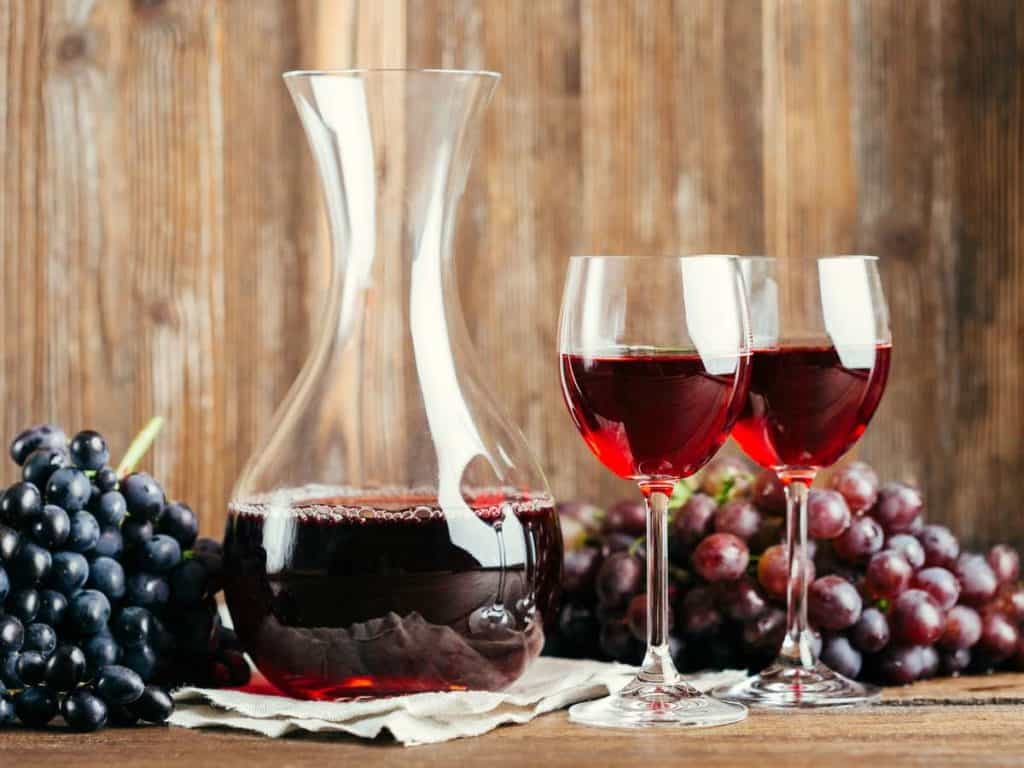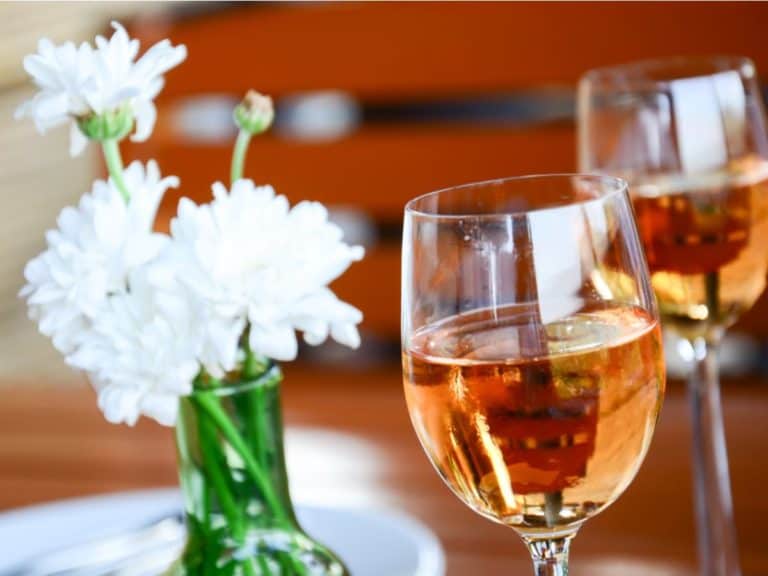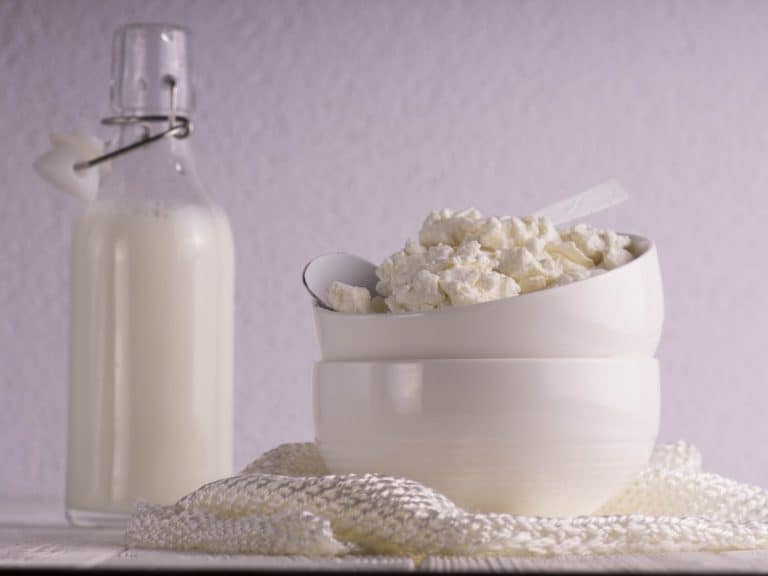Are Wine Decanters Worth It?
Wine connoisseurs will attest that wine quality isn’t dependent on only the vinification process but also the post-production practices. One technique that has elicited sharp differences among wine lovers is decanting wines. So, are wine decanters worth it?
Wine decanters are worth it. Decanters are visually appealing and help prepare wine for drinking. If done carefully and properly, decanting aerates the wine, enabling it to breathe after extended periods in tightly-closed bottles and improving the taste.
Herein I separate the facts from myths concerning wine decanters. Far from relying on sacrosanct wine rituals, I draw information from science and wine experts. Read on.

Does Decanting Improve Wine?
Decanting improves wine in two ways. First, it helps eliminate sediments that may have developed during the wine aging process. Second, decanting aerates the wine, enabling it to release its flavors, texture, and aroma. Your wine kicks into life whenever you decant it.
Sediment removal is perhaps the most apparent benefit of decanting wine. Sediment, also known as wine dreg, is a byproduct of maturing wine.
Wine contains both tartaric acid and potassium. The two ingredients combine to form large crystals called tartrates as the wine ages. These jagged structures cling to the side and bottom of the wine bottle.
Sediments also come in the form of lees. Lees are residues of grape skins and seeds that accumulate at the bottom of wine after many years. Lees mainly affect red wine since this wine is made from crushed, whole grapes.
Modern winemakers use advanced filtering systems to remove sediments, but microscopic pieces still find their way into wine. Though not harmful, tartrates, lees, and colloids significantly affect the wine’s taste.
Decanting acts as a separation technique that isolates sediments from the liquid wine. Residues won’t find their way to the decanter, and neither will they impact the wine’s flavor.
Some wine lovers view residual sediments as evidence of gracefully-aged wine, while others don’t appreciate such visual irregularities. A decanter comes in handy if you want to remove residual deposits and solids in wine.
Decanting Aerates Wine
Decanting wine into a wide-bottomed decanter allows the wine to open up. After years in a sealed bottle, it’s vital to let the wine breathe before consumption. This process is known as aeration, and it helps get rid of gasses that had developed during wine storage. Aeration also helps soften tannins that have developed.
Two processes occur during aeration: evaporation and oxidation.
Evaporation Eliminates Off-flavor Compounds
Evaporation occurs instantly during decantation. Wine contains volatile aromatic compounds and other chemicals with low boiling points. Upon exposure to room temperature, such compounds dissipate into the air.
Among the quickest to evaporate are sulfur compounds. According to a Pennsylvania State University article, sulfur-based compounds find their way into wine during yeast and malolactic fermentation. Sulfur also exists naturally in grapes used to make wine.
Sulfur and its related products are responsible for some of the off-flavors in wine:
- Hydrogen sulfide releases rotten-egg aromas.
- Free sulfur dioxide manifests itself as burned matches; this smell often irritates the nose.
- Mercaptans (thiol-based compounds) are responsible for odors like garlic, molasses, onion, canned asparagus, and cooked cabbage.
Hydrogen sulfide, the most prominent sulfur compound in wine, has a boiling point of 28 ˚F (-2 ˚C). Due to its low boiling point, it’ll blow off the fastest when decanting wine.
Once the sulfur compounds are gone, the fruity aroma of other chemicals will be more pronounced in wine.
Evaporation might help lessen the amount of carbon dioxide in reds. Although carbon dioxide increases freshness, too much carbon dioxide makes red wine harsh and tannic. Decanting reduces these effects.
While evaporation eliminates odors, it may also eliminate beneficial volatile organic compounds. Evaporation may also lessen the alcohol in your wine. As such, it’s better to serve wine once you decant.
Oxidation Transforms Wine
While pouring wine into the decanter, the wine will undoubtedly interact with oxygen in the air. The interaction between chemical elements in wine and oxygen is known as oxidation.
In reds, oxidation facilitates the polymerization of tannins, resulting in smooth-tasting wine. Oxidation might also elevate the flavors and texture of young wine.
Wines that have undergone extended barrel aging under the presence of oxygen will respond well to decantation.
Oxidation reactions are time-dependent and might not be noticeable if the decanting process is quick. However, if the wine sits in the decanter for some hours, oxidation will completely transform its aroma.
Oxidative changes during decanting vary depending on the type of wine. Wine filled with thiols is particularly susceptible to oxidation. Oxygen breaks down thiols quickly, resulting in aroma change.
On the other hand, wine containing many phenolic compounds is slightly resistant to oxidation. Phenolic compounds like anthocyanins act like antioxidants that minimize the impact of oxygen.
Beware; prolonged exposure to oxygen might flatten the wine’s aroma and destroy complex flavors.
Which Wine Should You Decant?
You should decant young, tannic red wines. Decanting will help smoothen the tannins and help flavors reach their full potential. Decanting is also beneficial to reduced wine, which has developed off-flavors. The decanting process allows the wine to open up, elevating the dormant aromas.
While decanting can improve any wine, it’s mainly beneficial to young wines with intense tannins. Even for a few seconds, aeration accelerates the development of such wines. The wine becomes more palatable, while its flavors are more enhanced. Examples of bold reds that need decanting include:
- Syrah
- Nebbiolo
- Cabernet Sauvignon
- Malbec
Decanting might also suit old wine that has developed sediments. The unpleasant residues remain in the original bottle while clarified wine flows into the decanter.
Which Wine Doesn’t Need Decanting?
Roses, whites and sparkling wines don’t need decanting. Roses and whites contain high levels of thiols, making them susceptible to oxidation. Aeration wafts away the fruity thiol’s aroma. Decanting eliminates carbon dioxide in sparkling wines, making such wines lose their vibrancy.
Thiols are a group of compounds that contribute to the citrus freshness and fruity profile of wines. These compounds are increasingly present in whites and roses, accounting for their grapefruit/passion fruit aromas.
According to research seeking to determine varietal disulfides in wine, thiols are incredibly susceptible to oxidation. As wine reacts with oxygen, reactive compounds called quinones form. Quinones being reactive, bind to thiols, rendering them odorless.
Decanting exposes thiols to oxygen, which ultimately flattens the fruity aroma.
Most sparkling wines draw their bounce and vigor from carbon dioxide. You enjoy such wines when they’re still bubbly and carbonated. However, decantation completely deadens sparkling wine.
Of course, when decanting sparkling wine, carbon dioxide escapes into the air. The situation worsens if you allow the bubbly wine to sit in the decanter for some time. All dissolved carbon dioxide will disappear, making your wine flat.
The Process of Decanting Wine
Decanting wine is a delicate process that demands attentiveness and patience. I would say it’s an art that requires practice to attain perfectionism. Here’s how you decant wine:
- Determine whether your wine needs decanting. Ideal candidates are young red wine, old wine with sediment, and off-flavor wines. You might need to smell wine to determine if its aroma is off.
- Allow the bottle of wine to sit vertically for 24 hours or days. Doing so allows sediments and other residues to detach from the wine and settle at the bottom of the bottle.
- Place the wine bottle on a wine cradle. A wine cradle will steadily hold your bottle of wine at a slanting angle. You may need to wipe the neck section of the bottle to eliminate dirt.
- Prepare the decanter. Ensure the decanter is clean and well-positioned near the cradle.
- Uncork the wine bottle. You might need a corkscrew to open the bottle. Be gentle enough not to unsettle the sediments at the bottom of the bottle.
- Carefully rotate the cradle to pour wine into the decanter. Steadily pour the wine into the decanter and stop once you spot sediments crawling towards the bottle’s neck. Consider decanting your wine near a light source to see sediment movement.
- Finish decanting. Leave behind half an ounce of wine in the original wine bottle. This wine tends to be concentrated with sediment. As for the wine in the decanter, serve it or let it sit for some time.
How Long Does Wine Sit In the Decanter?
Red wines should sit in the decanter for 20-60 minutes. The first 10-20 minutes in the decanter help minimize reduction, while the next 20 minutes reduce sharp aroma. The softening of tannins occurs from the 40th to the 60th-minute.
The duration your wine sits in the decanter depends on the wine’s state. Old wines are delicate and may decay if they sit for more than 15 minutes in the decanter.
Young wine can last in the decanter for two hours. Evaporation and oxidation help the wine reach its full potential during this period.
Choosing a Decanter
Ideal decanters should have the following properties:
- Wide-bottomed: A wide bottom increases the surface area needed for wine aeration.
- Elegant/fancy: Go for a design that will elevate your wine drinking experience and impress guests.
- Easy-pour neck: The decanter’s neck shouldn’t be an obstacle when pouring wine into a glass.
- Large capacity: 1-liter (1.05-quart) decanters hold more wine and provide enough room for the wine to breathe.
- Clear: A clear decanter displays the clarity of your wine.
- Easy to clean: There won’t be any odors in easy-to-clean decanters.
Typical wine decanter designs include:
- Cornett
- Swan
- Duck
Wrap Up
Decanters are vital vessels in any wine lover’s arsenal. They help improve the subtlety and complexity of your wine, while their alluring aesthetics elevate your wine drinking experience. They’re beneficial not only for taste but also for appearances, and so they’re a great investment.

![Can You Microwave Vodka [Read Before Trying Yourself]](https://foodwine.com/wp-content/uploads/2021/11/vodka-microwave-1118-768x576.jpg)



